Rest in peace. One of the biggest influences of my childhood. Sad to hear he’s gone, but what a life he’d had. <3
- 34 Posts
- 14 Comments
Ayy - congrats! Finishing things is hard. I think the concept and artwork are dope.
I feel you about how much public response can fall short of our expectations, especially if you’ve relied on friend’s and family’s support for that last push to finish. It can be pretty disheartening to experience that sort of whiplash.
But that’s the thing about putting out complete works - once you’ve finished it and put it out there, it’ll (usually) continue to exist somewhere for people to look up. Maybe that’ll be after you’ve published your n’th completed project, or maybe it’ll be after they saw a cool drawing of yours that they followed to your social media. Who the hell knows? All I know is that now that it’s out there, there’ll always be a chance for it to catch someone’s eye. You just can’t hold your breath and try and wait for it, I guess.
Anyway, congrats again! Keep going! (also keep posting here!) :D
The style is a bit more shoujo, but I can see the resemblance - especially with the artist’s intent in mind. Anime designs can be difficult to adapt, as the style is usually a pretty minimalistic distillation of features, especially in the face. Looking at the original design, the most distinct features seem to be Geto’s narrow eyes, bunned-hairstyle + bang, and the stitched scar on his forehead.
The eyes, lips, and nose have been drawn to be fuller to match the intended happier shoujo style, and the hairstyle is pretty spot on. I can also understand why the forehead scar may have been omitted, as this is supposed to be a happier alternate-universe version of Geto. That’s not to say that I disagree with the other commenters that have said that the likeness isn’t “accurate” - but I think I’d rather give the artist the benefit of the doubt and disagree with the implication that the deviation in likeness is mostly an unintentional one.
I would personally prefer that this community welcome a broad range of skill levels and techniques, and I fear that harsh or blunt critique without constructive criticism would only discourage people from sharing their art due to being made to feel inferior. There are plenty of other communities that are geared towards high-quality, high-effort intermediate-to-professional-grade art, but I feel like this is the only community (that I’ve found, at least) that seems to be open to everyone to share, and I’d like to preserve that.
It’d be nice to have some sort of way to indicate that one is open to or looking for constructive criticism, (maybe a tag you can attach to your post?) but that might also just be unnecessary and unrealistic to implement and moderate. That said, I’d be interested in hearing others’ point of view about stuff like this. It’d be nice to know whether others agree or disagree, and why.

 6·1 year ago
6·1 year ago!Artshare@lemmy.world is a decent, general purpose art-centric community. People submit their personal art work, and the skill level seems to have a pretty broad range, which I like.
Others, like !traditional_art, !Digitalart, etc. seem to have a high bar when it comes to submitting art, so I think that those types of communities tend to center more on sharing/posting others’ artwork (i.e., professional/advanced artists, etc.)
There are other ones like !drawing and !learntodraw where the focus isn’t so much on quality/finished artwork, but the community seems dead.

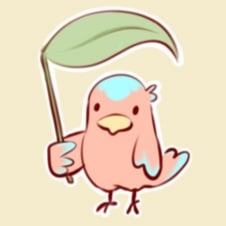 4·1 year ago
4·1 year agoCute! You did a great job! I especially like the emotion on its face. :)
this is dope! :)

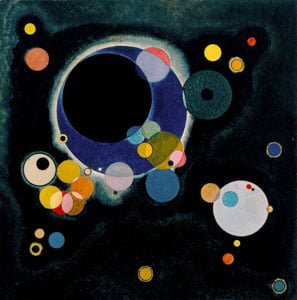 5·1 year ago
5·1 year agothat’s the best kind of image!

 16·1 year ago
16·1 year agoAbout the Artist
Roberto Ferri is an Italian artist and painter from Taranto, Italy, who is deeply inspired by Baroque painters (Caravaggio in particular) and other old masters of Romanticism, the Academy, and Symbolism.
Ferri graduated from the Liceo Artistico Lisippo Taranto in 1996, a local art school in his hometown. He began to study painting on his own and moved to Rome in 1999, to increase research on ancient painting, beginning at the end of the 16th century, in particular. In 2006, he graduated with honors from the Academy of Fine Arts in Rome.
His work is represented in important private collections in Rome, Milan, London, Paris, New York, Madrid, Barcelona, Miami, San Antonio (Texas), Qatar, Dublin, Boston, Malta, and the Castle of Menerbes in Provence. His work was featured in the controversial Italian pavilion of the Venice Biennale 2011, and has exhibited at Palazzo Cini, Venice in the Kitsch Biennale 2010.
In 2021, on the occasion of the 700th anniversary of Dante Alighieri’s death, he created Il Bacio di Dante e Beatrice (The Kiss of Dante and Beatrice in Italian), a work that seals the sublimation of a kiss that never happened, with the painter’s choice of Italian model and actor Edoardo Sferrella as a reference for the figure of the Supreme Poet; the painting was commissioned by Magnum for the MagnumXDante campaign in partnership with the Scuderie del Quirinale, and exhibited at Palazzo Firenze in Rome.

 8·1 year ago
8·1 year agoFate of the pie:


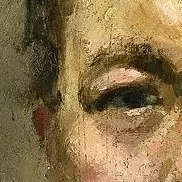 2·1 year ago
2·1 year agoPretty sure that the environment (and corporate logos) were just painted as they existed. This painting seems more like a technical flex/exercise rather than a commentative one with a particular message or theme.
Was posted by the artist, and has a few comments and replies remarking on the process and time investment (~10 hours) https://old.reddit.com/r/painting/comments/tq8jvy/shanghai_showers_transparent_watercolor_on_paper/
It was submitted to a competition: https://reidsart.com/awards/iws-poland-step-by-step/
Not that I’m aware of. Apparently, the creator made this as a christmas present for their sister.

 6·1 year ago
6·1 year agoYeah! I had to double-check before I posted cuz I wasn’t sure either! https://www.saatchiart.com/art/Painting-Agnus/824375/9048187/view

 21·1 year ago
21·1 year agoI appreciated the fact that the artist chose to depict the tension and implication of imminent violence, rather than actual act of present or past violence. It’s pretty plain to see that the wolves aren’t gently embracing the lamb, but technically, violence has not yet occurred.
When does something become violent? Is it only when blood has been shed? Is it when it’s too late to undo the act? Or are the precursory actions that set the stage for figurative or literal violence just as complicit? As you pointed out, there is no blood, and we can tell by the lamb’s expression and white coat that the wolves have not yet sunk their teeth into flesh. How close to killing are we willing to allow the wolves to get before we convince ourselves to intervene?
Fun! :)
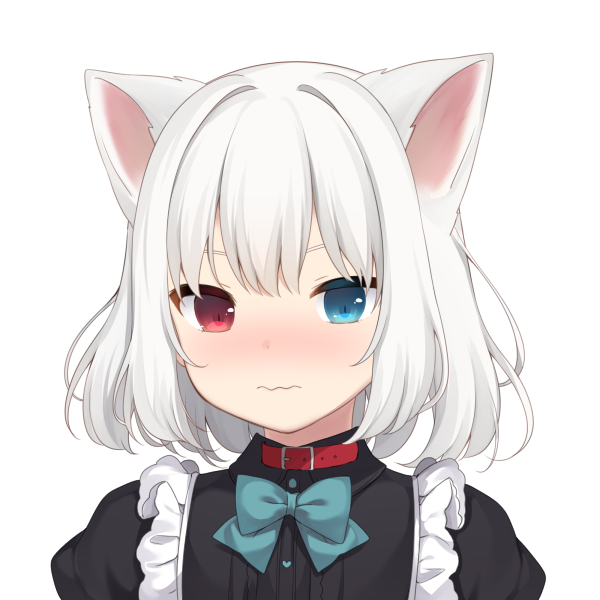


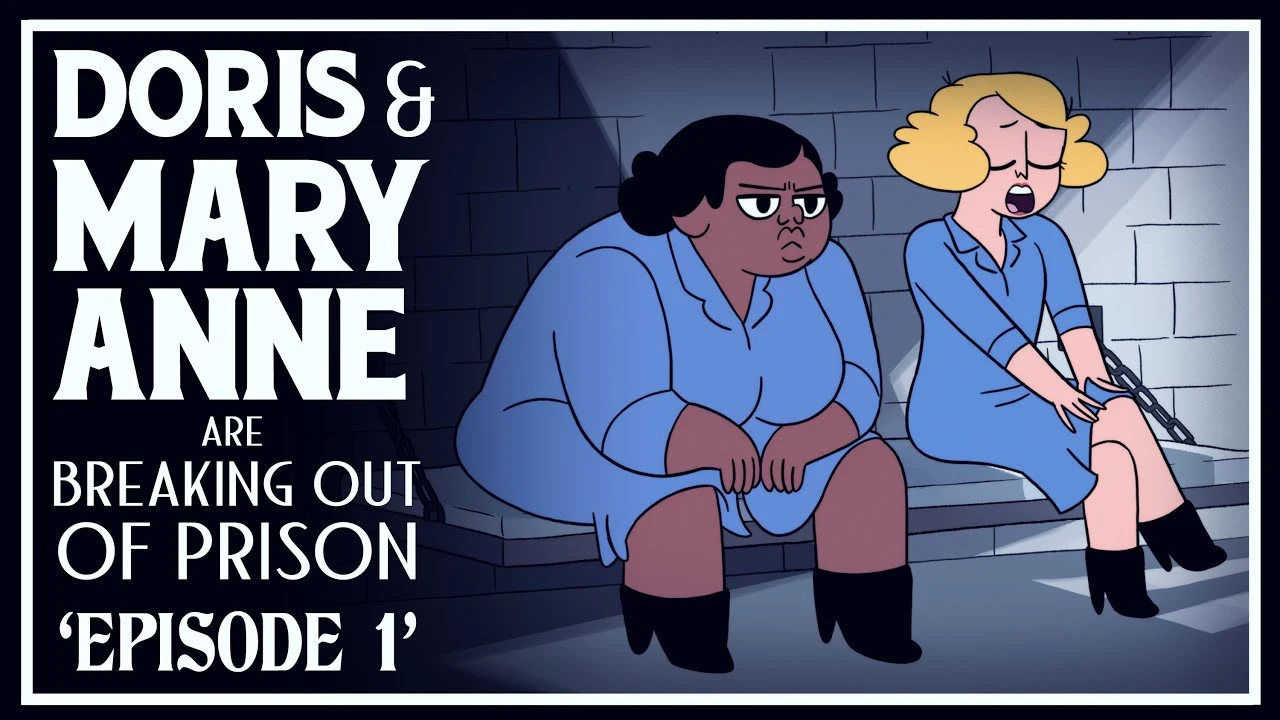

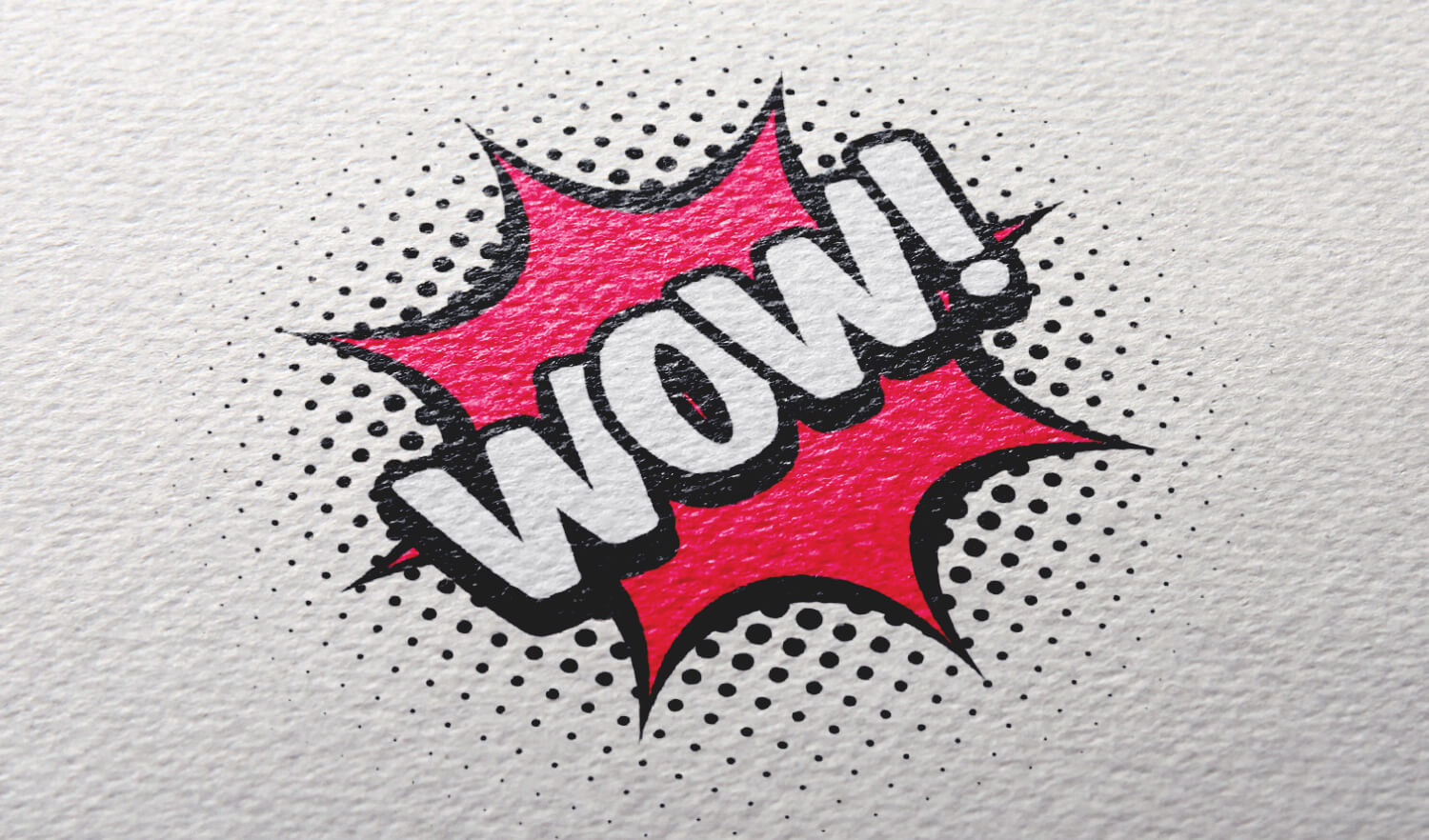
For anyone else that wanted to read more about it, like me: https://www.muddycolors.com/2020/04/10-things-painting-portraits/